You might not think of some of the most important tools in your workshop as tools. They’re your shop lights—important for safety, accuracy, and unblemished finishwork. The old lights I had in my garage shop were a mish-mash of 4′ fluorescent tubes including the old T12s and some T8s (T stands for tubular and the numbers are the tube diameters in eighths of an inch). The bulbs were getting pretty tired and didn’t provide good quality light or enough of it. I know something about the technical side of lighting because energy efficiency retrofits, which included lighting upgrades, were something I did in my day job before I retired. However, like the cobbler whose children went without shoes, I had never upgraded my own shop. When the ballast in one of the fixtures needed replacing, I decided it was time to upgrade to LED fixtures. The author's new light fixtures look like fluorescents, but the LEDs in the tube provide more light, better light, and last much longer.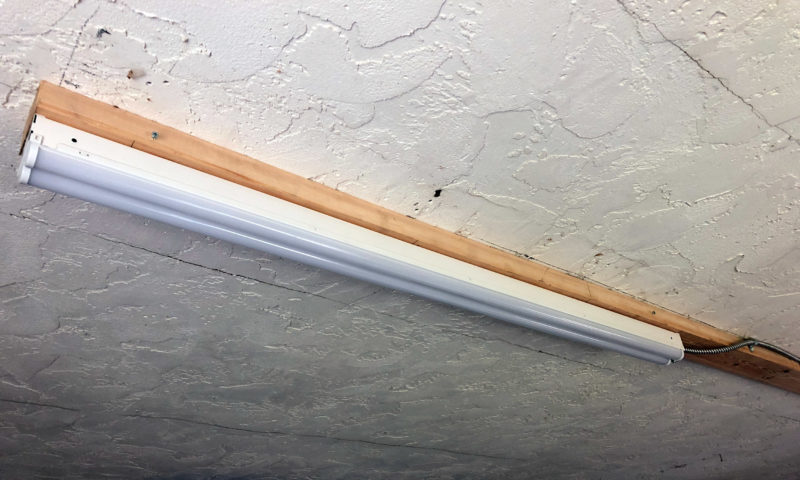 Alex Zimmerman
Alex Zimmerman
Join The Conversation
We welcome your comments about this article. To include a photo with your remarks, click Choose File below the Comment box.

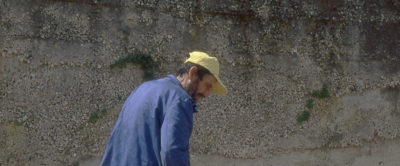


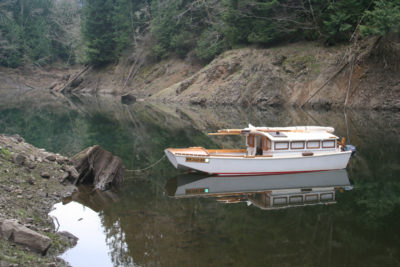
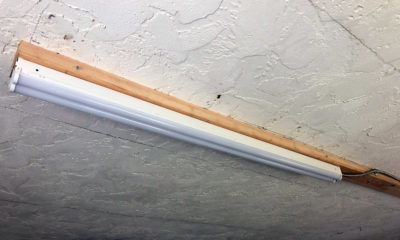
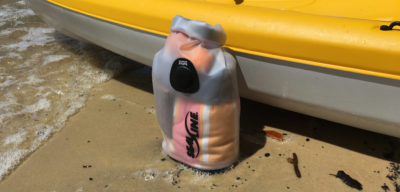

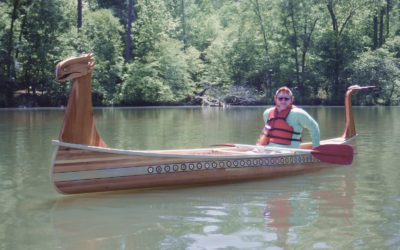

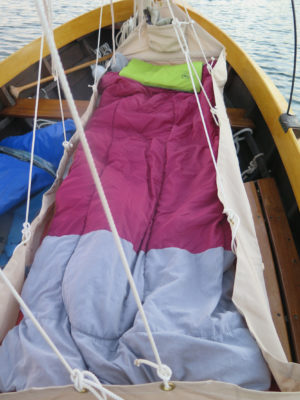


Great article, but it would be nice if it included the cost of the fixtures.
Good suggestion. The prices were all in the linked pages, but I’ve added them to the text for all of the products mentioned. A search for the dollar sign—$—will find them quickly.
Editor
Costco has a two pack of 4k 4000-lumen shop lights for $60, but they’re sometimes on sale for less. I have about 8 sets, and I really like them.
LED shop lights; awesome garage & work shop improvement! Brought a dozen 4 ft fixtures from COSTCO. Connected new LED’s to existing ceiling bulb fixtures with socket to plug adapters. Some LED fixtures are set up to daisy chain several LED’s together easily. Integral pull chain switch is great for the LED over the bench. One continuously powered LED light has motion sensing plus high/low timer features. Nice to have when ducking into the garage/shop at night.
The LED work lights are also a huge improvement over the way too hot yellowish halogen work lights. I was thrilled to toss out my old halogen lights before burning anything down. Perfect for those dark hole bilge projects.
Thanks, Alex, for your description of several lighting parameters.
You’re welcome, Joe.
Your example highlights the fact that there are many ways to get to a good result. My article is really a bare-bones description of one way to do it.
My shop is in my basement, which, while limiting how big I can build, comes in handy. I replaced the 4 incandescent lamps with long strips of Barrina T5 LED in 5k. They made a dark hole into a brightly light workspace. The only issue I have ever had, as I have yet to add more circuits to power my tools, one of my outlets is on the same line. Using anything on that line with a motor makes the LEDs flicker.
Like Alex, I deal with light for living, I work as a Stage Electrician here in Atlantic City. LEDs are a very bright future for all of us.
Thanks for the article. I based my purchase of 4 LED tubes for my 19′ x 9’x 8’high garage shop and a flood for over my desk/bench on it. Went low tech and strung some twine from side to side wall and hung the daisy-chained tubes from it and, as a bonus, the setup allows for the rollup door to open and shut without interference.
Plenty of cheap and effective light for the shop!
I am building a 12′ Acorn in a 14′ by 20′. Adding 4′ LEDS here and there and my future is looking brighter! Boatbuilding rocks!
Great article in lighting. I recently installed new LED lighting in my two-car garage/workshop. I found a rule of thumb online that for a woodworking shop 75 lumens per sq ft is good. I installed seven 4′ fixtures in three rows on my 8′ high ceiling. The total lumens came to the 75 lumen per sq ft rule. I am super happy with the result. One flick of a switch and I have the best lighting I have ever had in a shop. It was well worth the money.